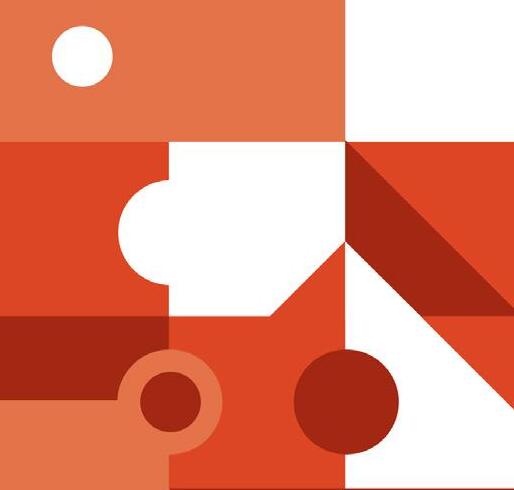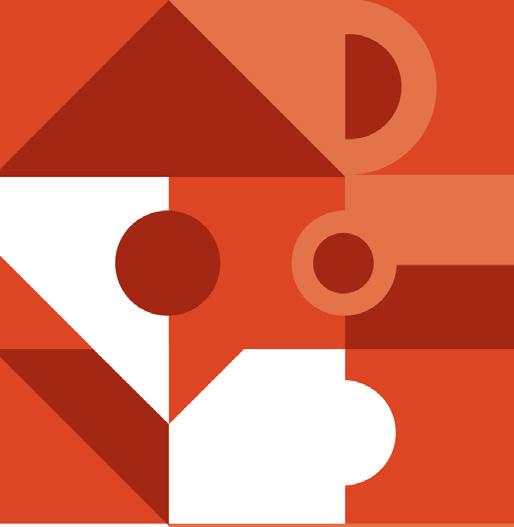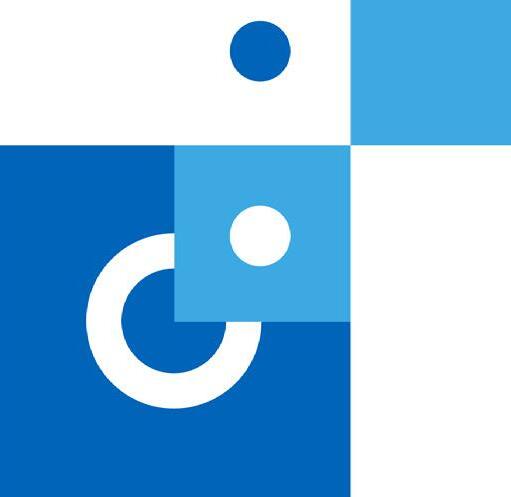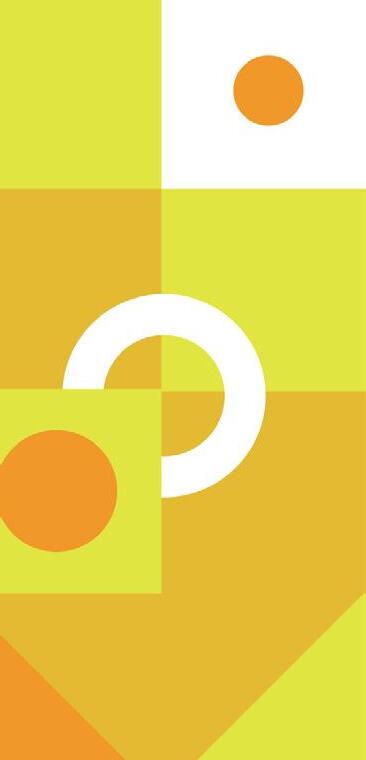










The main discussions about the Brazilian economy today are around the impacts of the elevated threshold of SELIC, the basic interest rate, on the dynamic of the economy, and the question of when it will start its downturn cycle. Currently at 13.75% a year, the interests have been curbing the country’s growth. Conversely, the Monetary Policy Committee, COPOM, of the Central Bank, has given the still elevated crux of inflation as a justification to not decrease the interest.
The most recent data on the general price index, the IPCA, came out lower than expected, which is great news. March’s inflation, according to IBGE, was 0.71% and accumulated 4.65% in 12 months, cooling down from 5.60% of the accrued by the previous month. Due to a matter of statistical effect, by the middle of the year the index will approximate to 4%, however, will go back to the 6% level throughout the second semester.
The pressures on prices are more punctual at this moment. For example, in March, the “bad guy” was the transportation group, which increased 2.11% due to the return of the federal taxation on fuels. In April, it should influence the readjustment of medications. In other words, a more expressive advance of a group in a specific certain month, and not in a structural and sequential way anymore, as seen last year.
Another point that will help to hold inflation back is the valorization of the Real. In mid-April, the exchange rate was once again below R$ 5 (five reals) per US$ 1. At the same time, there is a tendency of retreat in commodities’ prices in the international market, in the face of the downturn of the global economy. Thereby, lower prices and a favorable exchange rate for imports tend to
balance prices internally in a better way.

Regarding the valorization of the Real, two important aspects should be observed. The first one is that the American inflation is decelerating, which brings an insight related to the interest rate of not having the necessity of new elevations. This way, with a relatively more optimistic scenario, investors leave the caution zone and go back seeking rentability in emerging markets like Brazil. Besides that, the fiscal framework, which is the structure of income and expenses that the federal government has been articulating in the Congress, has suffered modifications in a sense to have a bigger restriction on the expansion of public expenditure, which once more cheers up the investors. The cut in expenses is still not mentioned in this project because the focus is on the expectation of increasing the collection of taxes.
This lower inflation and valorization of the Real picture brings hope that the Central Bank has conditions for starting the monetary expansion cycle, in other words, decrease in interests, in the meeting of the middle of the year. Even if it is a small reduction, what will matter the most is the trend in the long term. And cheaper credit will be an essential growth accelerator in sales. In January, for example, the national restricted retail (not including vehicles and construction materials) raised 2.6% in comparison to the same period in 2022. Almost all the segments analyzed by IBGE had an annual rise. A positive result, but it could be at an increased pace.
Besides the residual expenditure of the 13th-month pay, received at the end of last year, what has helped in the commerce sales is the heated job market Although the unemployment rate is at 8.6%, there are numerous positions to be filled in all sectors
of the economy and in the most diverse degrees of education. Many people, even because of the pandemic, left aside their interest in the formal job and started working on their own, either in a formal job, with the opening of a job position, or informally. Anyhow, with more employed people, and at the same time, milder inflation, the scenario allows the growth of the total income sum, which is workers’ available income. In a year, there was a real growth of 11.4%, and in monetary terms, an increment of R$ 28.2 billion.
Important resources that are, in a way, keeping the positive trajectory of the economy, despite the high interests. Commerce has been presenting favorable outputs, but the service segment is the
The grains’ harvest projected for this year is 300 million tons, according to IBGE, a rise of 13.9% in relation to 2022, which should help to hold internal prices back given a bigger offer.
greatest highlight of the moment. In January, the annual increase was 6.1%, with the collaboration of 17.1% coming from means of accommodation, and 11.2% from food. That is to say, positive results coming from services provided to families, meaning Travel & Tourism..
According to calculations by FecomercioSP, national Travel & Tourism. grew almost 20% in the first month of the year, with revenue of R$ 20 billion.
Therefore, the most critical impairment for a more aggressive take-off of the economy is the high interest rates, working as a curb. As the signals about the SELIC’s reduction have been becoming clearer, the economy reacts in an anticipated way and that’s what is expected throughout the following months.
The industry, according to IBGE, registered a slight growth in January of 0.3%. However, the result was uneven among the groups of activities. While the extractive industries increased 2%, the transformation industries were practically stable, with a variation of -0.1%.
The number of families presenting overdue bills has receded gradually in Brazil. According to the National Commerce Confederation (CNC), in March, the families’ default rate reached 29.4%, slightly below the 29.8% from the previous month.


The Consumer Confidence Index (ICC) registered a modest decrease of 1.1% in March in comparison to February. Despite this result, the threshold is still optimistic, with 127.4 points. It is natural to have punctual oscillations in the consumer’s confidence. What is worth analyzing, besides the annual increase of 21.2%, is the trajectory of increase throughout the previous months, a result of lower inflation and a heated job market. The Trade Entrepreneur Confidence Index (ICEC) points out to 109.7 points in March, a monthly decrease of 2.3% and a threshold of 4.1% below the level in March 2022. Although the consumer’s confidence is increasing, part of the income earned from work is being destined for the payment of overdue bills. In other words, there is still work to be done to balance the default rates and subsequently expand the consumption within the economy. Furthermore, the elevated interest rate is a big complicating factor for business owners in the commerce sector.
Note: The ICC and ICEC vary from 0 to 200. From 100 to 200 points, it is considered an optimistic threshold, and below 100 points, a pessimistic one. Although the indexes are from the city of São Paulo, they follow a tendency of what is happening in the rest of the country since the city, the largest in Brazil, represents 11% of the National GDP.
We’ve entered the fourth month of the year and most of the companies, like tour operators airlines, and hotels, have already broken the trip sales record in Brazil in relation to the pre-pandemic period. In some cases, especially regarding international travel, the number of passengers is still lower, but the average ticket offsets, greatly, the sales.
High prices of accommodation and flight tickets abroad are bottlenecks in international trips, as well as the long time taken to get a visa to the United States, and the social and political instability seen in destinations in Europe and South America.
The international air network still offers fewer flights than in 2019, and a rebound is expected by the end of the year.
Latam and Azul are the Brazilian airlines that have announced additional new flights. The first company will have additional flights to Los Angeles, Johannesburg, and more frequent flights to Argentina, Lima, and Santiago; Azul with a new connection to France and more flights to Orlando, leaving from airports outside São Paulo, like Belo Horizonte. The airline will also fly from Brazil to Curaçao.
United Airlines resumed its flight from São Paulo to Washington, recovering the pre-pandemic air network in Brazil.
American Airlines is still the major operator with flights to the United States and has staggered the market by dismissing 80% of its commercial force in Brazil. The measure came with the implementation of the NDC as distribution focus, something that has been done by several airlines, but with criticism from the travel agencies. The biggest complaints are in relation to services outside the
NDC, lack of transition period and questions that haven’t been answered yet.
Airlines will prioritize NDC to offer their best airfare, resulting in the traditional channels, like the GDSs, having higher prices or issuing fees.
The topic could impact sales via travel agencies and their relationship with the airlines.
The OTA Hurb (formerly known as Hotel Hurbano) was the highlight of April’s headlines for not having paid for the hotels booked by their clients. Many of these hotels blocked, for this reason, Hurb’s clients. The company owned up to their responsibility and debit and stated to be solving the case with each one of the hotels individually. The issue would have been caused by the reduction in the receivable payment by the bank that they used to be a client.
The case was a hot topic on social media and evidenced the challenges of online sales models with discounts for future trips without a scheduled date. On the other hand, some good news for the market was the upgrading of CVC Corp’s S&P rating from D to brBB+.
10
1. WhatsApp (169 million)
2. YouTube (142 million)
3. Instagram (113 million)
4. Facebook (109 million)
5. TikTok (82 million)
6. LinkedIn (63 million)

7. Messenger (62 million)
8. Kwai (48 million)
9. Pinterest (28 million)
10. Twitter (24 million)
1. Facebook (2.96 billion)
2. YouTube (2.51 billion)
3. WhatsApp (2 billion)
4. Instagram (2 billion)
5. WeChat (1.31 billion)
6. TikTok (1.05 billion)
7. FB Messenger (931 million)
8. LinkedIn (900 million)

9. Douyin (715 million)
10. Telegram (700 million)

Average time of Brazilians on social media: 3h46m per day 5 million small- and medium-size businesses already have an account on WhatsApp Business
Source: We Are Social and Meltwater

This report is produced by PANROTAS and FECOMERCIOSP to support your business decisions. The contents are valuable assets to Destinations and Travel Organizations, both domestic as well as international. For further information please contact ri@fecomercio.com.br redacao@panrotas.com.br
